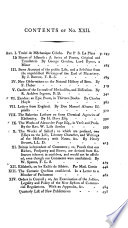 | 1808 - 532 pages
...discover in the observation of the eclipses of these satellites, and to state as amounting to 4-3T.G days. This is now fully explained from the theory...the first satellite minus three times that of the fcecorrfl, -phi* twice th.it of the tlrird, never differs from two right angles bat by a quantity ahnost... | |
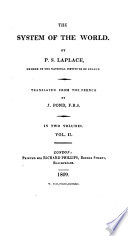 | Pierre Simon marquis de Laplace - 1809 - 406 pages
...of the first satellite plus twice that of the third, is equal to three times that of the second; and the mean longitude of the first satellite minus three...times that of the second plus twice that of the third is constantly equal to a semi-circumference : but will these relations always exist, or are they only... | |
 | Pierre Simon marquis de Laplace - 1809 - 408 pages
...or sidereal, of the three first satellites seen from the centre of Jupiter, are such that the motion of the first satellite minus three times that of the second, plus twice that of the third, is nearly equal to the semicircumference. This equality is so near, that we are tempted to consider... | |
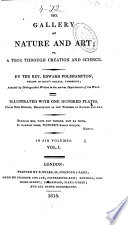 | Edward T W. Polehampton - 1815 - 568 pages
...times the mean mot ion .of the second. Ami, t !iimean sidereal or.synodicalloogitu.de of the first, minus three times that of the second, plus twice that of the third, U always equal to two right angles. • , .__.;• , . •. .,.,,. The satellites of Jupiter are liable... | |
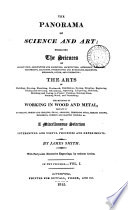 | James Smith - 1815 - 684 pages
...three times the mean motion of the second. And theiucan sidereal or synodical longitude of the first, minus three times that of the second, plus twice that of the third, is always equal to two right angles. When the satellites fall into the shadow of the primary, we lose... | |
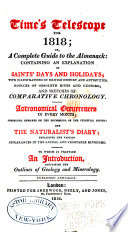 | 1818 - 400 pages
...instant ; but the absolute mean longitudes themselves are subject to a law equally remarkable : this is, that the mean longitude of the first satellite...that of the second, plus twice that of the third, is always equal to a semicircumference, or 180°. The relation applies equally to the mean longitudes,... | |
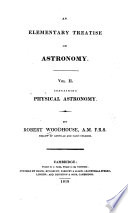 | Robert Woodhouse - 1818 - 572 pages
...found by observation to exist between the mean longitudes of the three first satellites. It is this ; the mean longitude of the first Satellite minus three...times that of the second plus twice that of the third is equal to 1 80° ; in symbols, then, (nt + e) - 3 (n' t + O + 2 («" t + «") = 180°, consequently,... | |
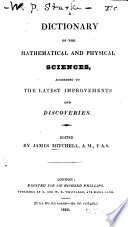 | James Mitchell - 1823 - 666 pages
...three times the mean motion of the second. And the mean sidereal or synodical longitude of the first, minus three times that of the second, plus twice that of the third, is always equal to two right angles. The satellites of Jupiter are liable to be eclipsed by passing... | |
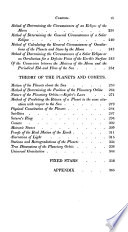 | John Farrar - 1827 - 464 pages
...the absolute mean longitudes are themselves subjected to another law not less remarkable ; namely, that the mean longitude of the first satellite, minus...that of the second, plus twice that of the third, is always equal to 180°. This relation extends equally to the menu synodic and sidereal longitudes.... | |
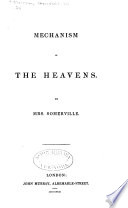 | Mary Somerville - 1831 - 720 pages
...the first satellite, plus twice that of the third, is equal to three times that of the second, and that the mean longitude of the first satellite, minus...that of the second, plus twice that of the third, is always equal to two right angles. It is proved by theory, that if these relations had only been... | |
| |